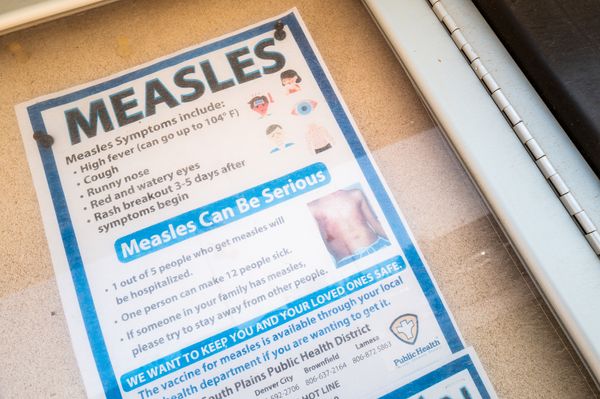
Drivers appeared to favour making overtakes into Turn 11 during this year's race, with surprisingly few efforts made into the tight Turn 17 at the end of the lengthy, 1.3km back straight.
This straight is preceded by a tight, fiddly section on the motorway underpass, which appeared to space out the cars by the exit of Turn 16 and thus made it difficult for drivers to make ground with DRS into the final array of corners.
Stella believes that the time lost following a car through those corners is greater than the time that can be recovered with DRS, which can only be activated just before the halfway point in the following straight.
"I have to say we anticipated overtaking to be slightly easier so we were surprised to see it was so difficult," Stella explained.
"I think the DRS zone looks like it is ultimately a little too short, because you don't have time to regain the lap time or the distance you lose, effectively most of it you lose in the low-speed section.
"Even in the high-speed section, there are two areas preceding the long straight. It looks like you lose a little bit too much to regain this in the straight. It is a little surprising.
Stella added that extending the DRS zone for next year would be the "easy fix", but added that there were further concerns that the current generation of cars was becoming much harder to follow.

The 2022-spec ruleset was introduced as part of a lengthy investigation by F1 to allow cars to follow more closely in the corners to promote a more desirable racing spectacle, but there were concerns last season that developments were beginning to dilute this effect.
"Obviously there is an easy fix which is the DRS, but then it opens up the question of the fact that with the development of the cars it looks like the following has become, once again, a little tricky," Stella added.
"I don't think it is as extreme as before, the new generation of cars, but definitely seems to be more difficult than we would have anticipated it to be with this generation of cars."
Aston Martin team boss Mike Krack explained that, as a result, Miami was susceptible to generating "DRS trains" owing to the circuit's characteristics - where a succession of cars are locked into order as the second car in the queue cannot find enough of a DRS advantage over the car in front.
He explained that in order to pass, a driver needed to hope to be close to the car in front and expend all of their energy to make any kind of overtake stick.
"From the past, we know that here you have these DRS trains - and also if you have DRS of the car in front, it's also not easy. And we had one of the cars which is the Alpine, which is most difficult on the straight with the Williams," Krack explained of Aston Martin's Miami fortunes.
"[We knew] this is not going to be good. It was really tough to pass. And it was, where you have the DRS detection points, you have to be really close and then use all your energy to get by."
Additional reporting by Filip Cleeren and Charles Bradley







